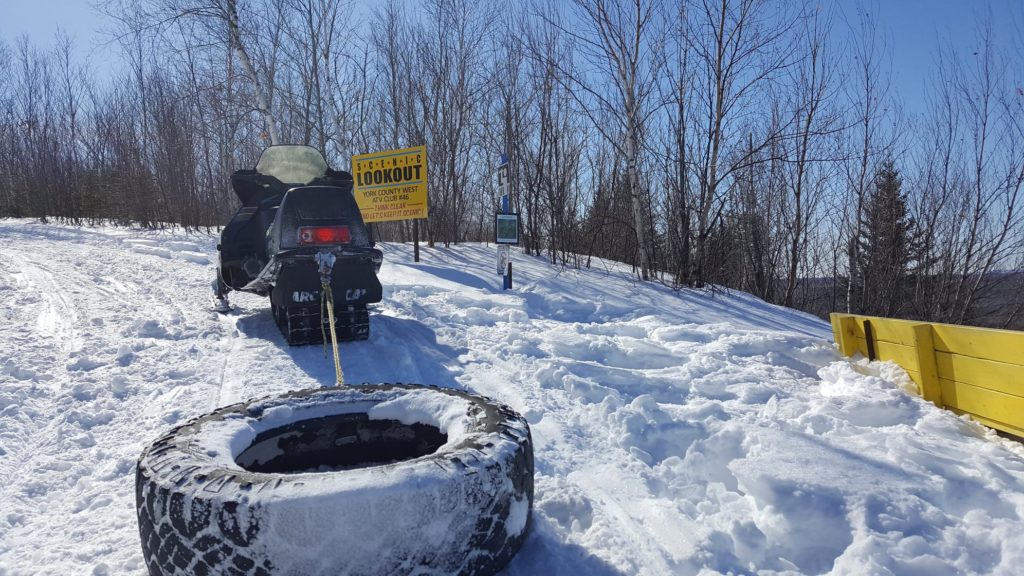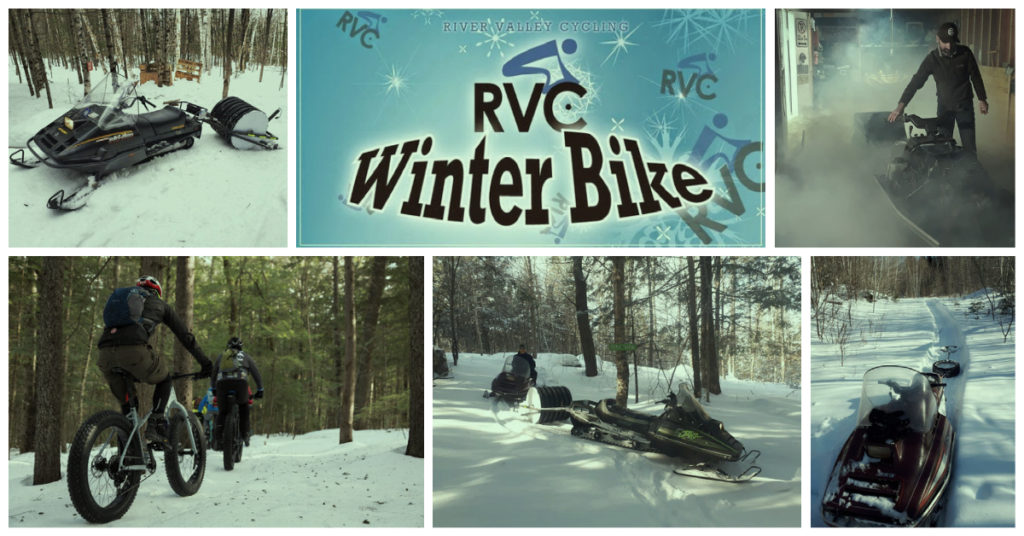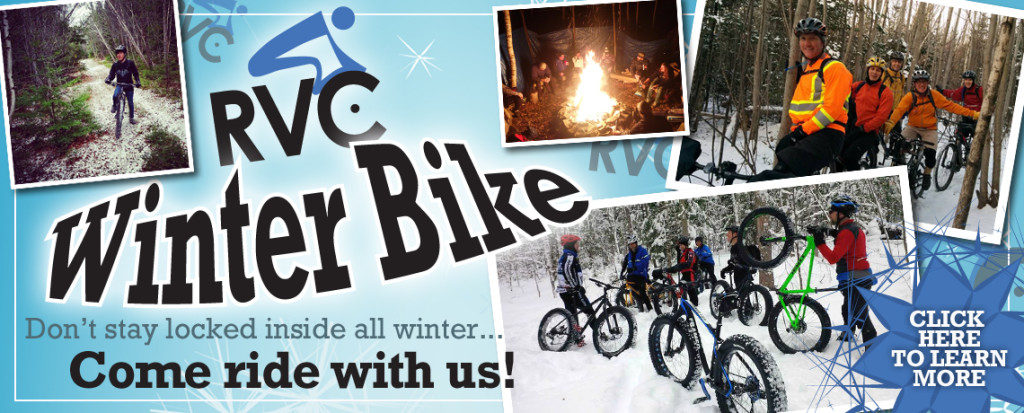At our AGM earlier this year we laid out our priorities for 2020 and mentioned that a new partnership with Mactaquac Provincial Park was something in the works. The staff at the park have been doing a lot to develop it as a riding area over the last 2 years – starting with a great winterbike grooming effort and fatbike rentals on-site. The goal now is year-round riding, so when they approached RVC about collaborating on a new pumptrack the answer was yes!
Over the last month RVC volunteer and exec. member Chris F designed and lead the construction of what is now the first proper pumptrack in the Fredericton region. Check this out!

Set up with a compacted base and flowing curves, this thing should be a blast for riders of all ages and skill levels.
While the site still has some finishing touches yet to come, it is open for riding now (try closing a new pumptrack next to a playground and campground full of kids).

Never ridden a pumptrack before? Check this out:
Where is it? Here:
Trailforks.comWhere is this collaboration with Mactaquac Provincial Park going in the future – good places! We’ve got some more trails on the go in the area that we’ll talk about soon. With plenty of camping, good food, and good trails in the area between Mactaquac and Woolastook, the headpond is ripe to become a great riding destination.

















